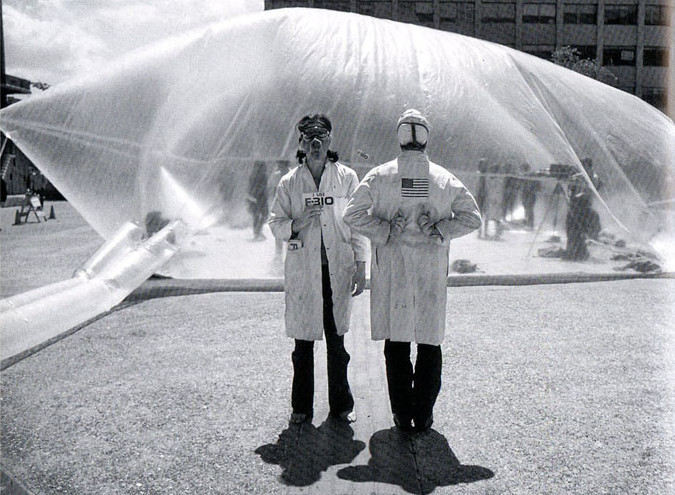Oliver Morton’s excellent The Planet Remade encourages earthlings to use every tool in the shed, even geoengineering, in combating climate change. Some blanch at willfully messing with mother nature, but we already knowingly tamper with the environment in large-scale ways with chemical fertilizers, fossil fuels, etc.
Many hopeful of colonizing Mars like to similarly to think outside the box–outside the dome–and try to figure out how humans might make it in outer space without living permanently indoors and/or stuffed inside of spacesuits. For the foreseeable future, the challenge of terraforming an entire planet, or even a good chunk of one, seems untenable. If our species or some variation of it persists long enough, however, the seemingly impossible may become plausible.
From Matteo Ceriotti at The Conversation:
The final requirement for a space colony will be keeping the climate habitable. Atmospheric composition and climate on other celestial bodies are very different to Earth’s. There is no atmosphere on the moon or asteroids, and on Mars the atmosphere is made mainly of carbon dioxide, producing surface temperatures of 20°C down to -153°C during winter at the poles, and an air pressure just 0.6% of Earth’s. In such prohibitive conditions, settlers will be limited to living inside the isolated habitats and strolls outside will only be possible using spacesuits.
One alternative solution may be to change the planet’s climate on a large scale. We’re already studying such “geo-engineering” as a way to respond to Earth’s climate change. This would require huge effort but similar techniques could be scaled and applied for example to other planets such as Mars.
Possible methods include bioengineering organisms to convert carbon dioxide in the atmosphere to oxygen, or darkening the Martian polar caps to reduce the amount of sunlight they reflect and increase the surface temperature. Alternatively, a large formation of orbiting solar mirrors could reflect the light of the sun on specific regions such as the poles to cause a local increase in temperature. Some have speculated that such relatively small temperature changes could trigger the climate to take on a new state with much higher air pressure, which could be the first step towards terraforming Mars.•
Tags: Matteo Ceriotti

